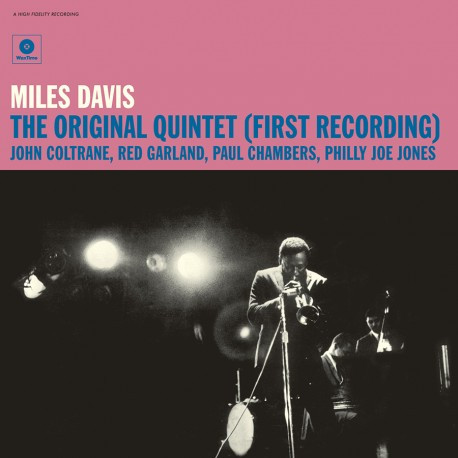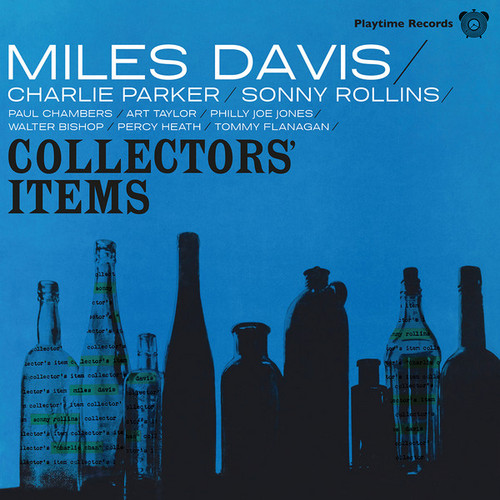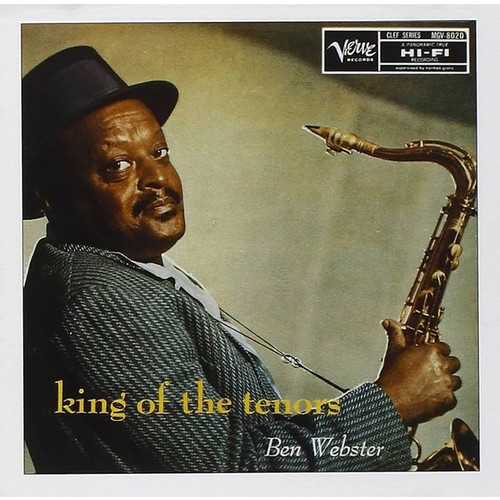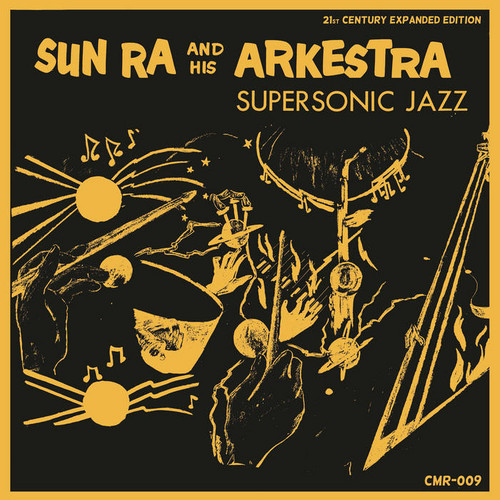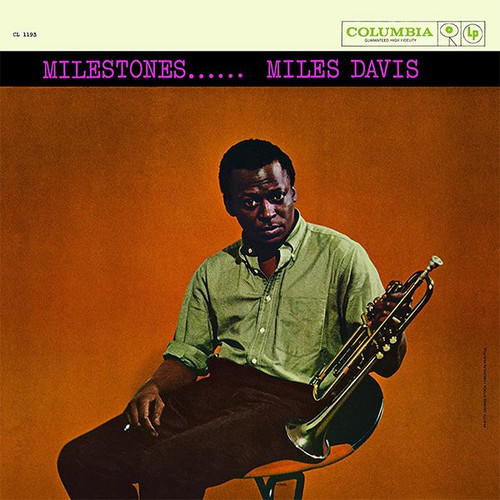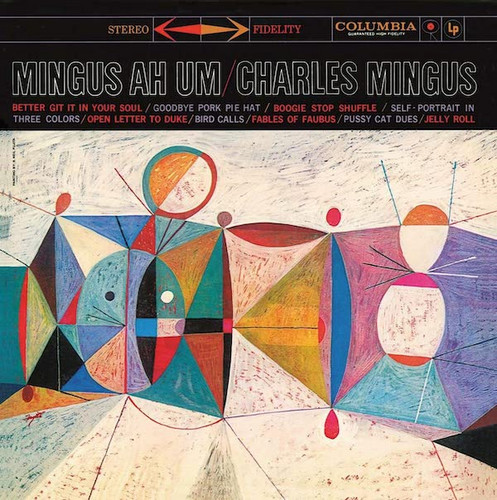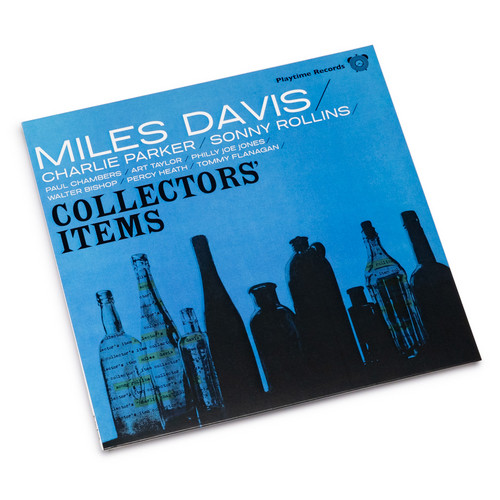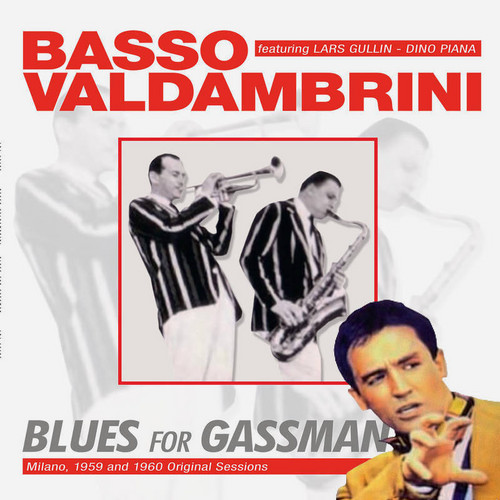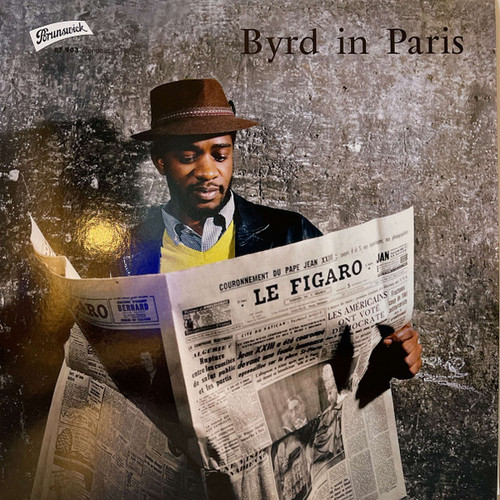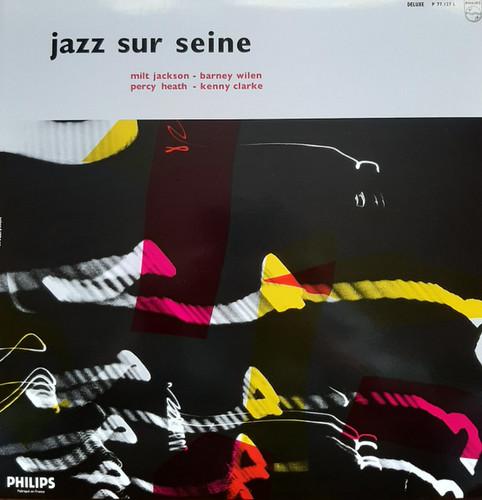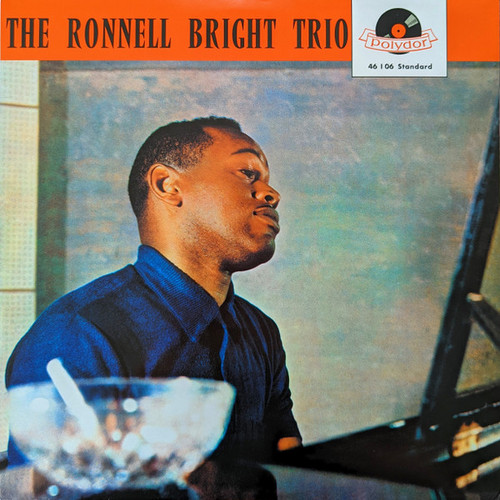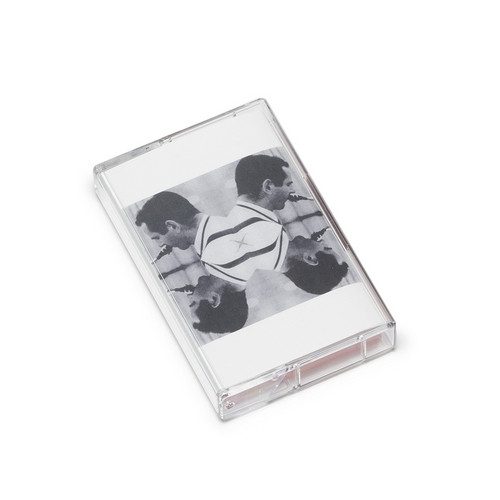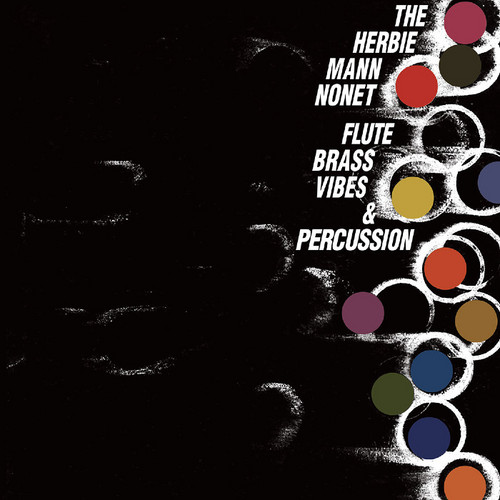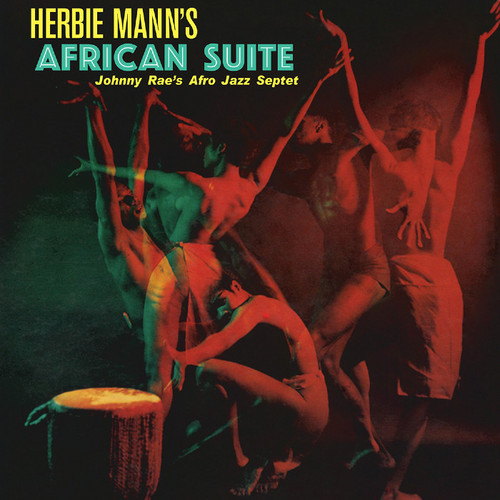Jazz /
The Original Quintet (First Recording)
From the original "Theme" to a series of beautifully reimagined standards by Duke Ellington, Benny Golson, and Isham Jones, The Original Quintet (First Recording) captures a seminal moment in jazz history. Released in 1956 on Prestige and engineered by the legendary Rudy Van Gelder, this album perfectly synthesizes Miles Davis’s evolving artistic vision, marking a landmark in the bop revolution.
Featuring an extraordinary ensemble including John Coltrane on tenor saxophone, Philly Joe Jones on d…
Collectors' Items
When Ira Gitler, jazz journalist and producer at Prestige, curated this album, the term "collector" was already well-established among music enthusiasts. The pursuit of out-of-print recordings, old 78 rpm discs, and unreleased material had reached an intensity comparable to the fervor seen in the vinyl-collecting market decades later. Gitler aimed to offer jazz fans unreleased Prestige recordings while meeting expectations for the amount of music on an LP. Initially dismissed as a mere compilati…
King Of The Tenors
King Of The Tenors is a landmark album by Ben Webster, recorded in 1953 and initially released as The Consummate Artistry of Ben Webster, then retitled for its classic 1957 Verve Records reissue. Webster is joined by jazz icons including the Oscar Peterson Trio throughout, as well as Benny Carter (alto saxophone) and Harry “Sweets” Edison (trumpet) on select tracks, resulting in ensemble interplay that balances lush ballads and blues with joyous swing. The program includes Webster originals like…
Super-Sonic Jazz
When Sun Ra released his debut Saturn release in 1957, he signaled the Arkestra’s mission for the future. The cover declared the album a "21st Century Limited Edition." The compositions on Supersonic Jazz conveyed optimism and hope, bringing a message auguring the World of Tomorrow. Ra declared this the first dimension of a fresh art form, as he set about evolving a new American music — a composite of the past and future, the known coalescing with the unknown. The album, not very well received u…
Milestones
Milestones is an album that needs no introduction. Often overshadowed by its younger sibling Kind of Blue in the rankings of greatest jazz records, it nonetheless holds a pivotal place in the history of modern jazz. Critics and devoted listeners alike recognize its importance: an early – and outstanding – example of modal jazz, recorded by Miles Davis’ so-called “first great quintet” (actually sextet, this time), featuring legends like John Coltrane, Red Garland, Paul Chambers, Philly Joe Jones,…
Mingus Ah Um
When driving a band with his upright bass, Charles Mingus looked -and was- gigantic, in more ways than one. He had huge creative appetites (as well as being hot tempered), creating his own combination of hard bop, blues, and avant-garde jazz. There was no one more multi-faceted than Mingus between the 1950s and 1970s and of his many albums, Mingus Ah Um (1959) is considered to be a jazz classic.
Collector's Item
When Ira Gitler, jazz journalist and producer at Prestige, curated this album, the term "collector" was already well-established among music enthusiasts. The pursuit of out-of-print recordings, old 78 rpm discs, and unreleased material had reached an intensity comparable to the fervor seen in the vinyl-collecting market decades later. Gitler aimed to offer jazz fans unreleased Prestige recordings while meeting expectations for the amount of music on an LP. Initially dismissed as a mere compilati…
Blues For Gassman
Limited edition The most valuable of Gürtler’s (founder of Saar Records in 1950) jewels came from the jazz world. Gürtler donated all his passion and expertise to jazz, financing every project without complaints. The jewel in the crown of his productions was the LPJ 5007 album (Basso-Valdambrini Octet), considered by critics the best one ever published in Italy till that moment. The records selection, to which also Gürtler took part, leaned towards the classic themes of the American repertoire, …
Byrd In Paris (Volume 1)
*2022 stock. In process of stocking* Trumpeter Donald Byrd spent a few months in France in 1958, and a Paris concert resulted in two LPs' worth of material. Byrd's quintet at the time included Bobby Jaspar (on tenor and flute), pianist Walter Davis, Jr., bassist Doug Watkins, and drummer Art Taylor. Byrd was just beginning to find his own sound in the late '50s and he is in excellent form on "Dear Old Stockholm," Sonny Rollins' "Paul's Pal," Jaspar's "Flute Blues," "Ray's Idea," and "The Blues W…
Jazz Sur Seine
A fantastic early recording from the great French tenor saxophonist Barney Wilen – best known as an artist who recorded famously in the soundtrack world of the French new wave, and with Art Blakey – but who's even more striking here on a rare small combo date from the 50s! The session's a monster – cut with rhythmic backing by Milt Jackson on piano (!?), Percy Heath on bass, and Kenny Clarke on drums – and two cuts feature additional percussion by Gana M'Bow, which gives the set a wonderful kick…
The Ronnell Bright Trio
*2022 stock. In process of stocking* One of the few albums ever cut as a leader by pianist Ronnell Bright – a player best known for his accompaniment behind famous vocalists, like Sarah Vaughan and Nancy Wilson! This rare date was cut in Paris – at a time when Bright was visiting the city with Vaughan – and it's a stripped-down trio date with a nicely relaxed feel – one that has Bright really opening up on the keys, in ways you don't always hear on his material with singers. Other players in the…
I Had the Craziest Dream: Modern Jazz and Hard-Bop in Post War London, Vol. 1
Another luminous compilation from London's Death is Not the End, this time examining the city's modern jazz and hard-bop scenes from the end of the 1940s until the early '60s.
Flute, Brass, Vibes And Percussion
In 1959, flutist Herbie Mann put together a very interesting band that was in its brief existence (before Mann's interests shifted elsewhere) one of the top in Afro-Cuban jazz. Utilizing four trumpets (including Doc Cheatham), up to three percussionists and a flute-vibes-bass-drums quartet, Mann performs four standards (including "Dearly Beloved," "I'll Remember April" and "Autumn Leaves") and two originals in a style that was beyond bop and much more African- and Cuban-oriented.
African Suite
Impressive session led jointly by Herbie Mann and John Rae. On side A, the group incessantly shifts from soft vibes-and-flute jazz to percussion-heavy Afro-Cuban rhythms to classic "Blue-Note" hard bop. Side B is the African Suite, a percussive trip across the Sahara.
